#geniekin
Text
Suli (Paths Beyond)
Try as I might, I haven’t been able to track down where the name suli came from. The best I’ve come up with is Abu Bakr al-Suli, a tenth-century poet and chess master in the Abbasid court. In this context, adding al-Suli to his name is like saying “Tiberius the Claudii” - Abu Bakr had an ancestor named Sul, whose descendants were called the Suli. So, all in all, the name doesn’t help us much and could be one big coincidence.

While the name suli doesn’t give us much to work with, we are fortunate that the concept of mortals descended from jinn is not new. Perhaps most famously, some Islamic legends say the Queen of Sheba’s mother was a jinn. She certainly isn’t alone either; scholars such as Jalaluddin al-Suyuti and Ibn Taymiyyah write of intermarriage and procreation between humans and jinn.
Given that jann are the genies who spend the most time on the Material Plane, it shouldn’t be surprising that suli are among the most common geniekin. Consider which historical or contemporary figures in your games have verified or rumoured suli heritage. How do these elemental ties influence those people? Do they have political connections or responsibilities they must tend to on the elemental planes? Are they curious about their immortal heritage, or do they fear it?

Don’t forget that in the Age of Lost Omens, geniekin is just a label, so not all suli are decedents of genies. Sulis are also born when multiple elemental forces are mixed within a single mortal. In the Planescape days, tieflings often mixed several fiendish bloodlines together; this is the elemental equivalent. Planar sulis may not know their exact lineage, not because they’ve been abandoned, but because it is a convoluted mess of a family tree! Uniting several elements in a single being opens the opportunities for visual contrast, so while most sulis blend into their mortal heritage, don’t be afraid to get weird with dualborn suli!
Among Mwangi Pathfinders, h’Tuumba the Sootscale of the Mbe’ke is the highest planar authority. Born to a lineage of red kobolds and blessed by the cloud dragons in his clutch, the dualborn suli specializes in overlays between the Inner and Material Planes. Unfortunately, while he has an excellent rapport with planar dragons, he has alienated every single genie empire, all of whom have standing arrest or execution warrants should he be caught in their territory.
Demoactus the Seer was destined for greatness. His cyclops mentors prophesied he would be Iblydos’ next hero-god, acting as a conduit between the four elements. Unfortunately for Demoactus, he fulfills the prophecy just days after Aroden’s death, so the mythic trials meant to fuel his apotheosis merely transformed him into a suli. Humiliated and embittered, he fled to the Inner Planes, where he served as an envoy between the Elemental Lords for a century. Now he has returned to the mortal realm with an army of evil elementals in tow, bent on razing the island he was foretold to protect.
While merfolk are wary of species, enough of them in the Obari sea consider genies to be sacred spirits that jann merchants are welcome in their cities. Many suli merfolk live in Babras, Garden of the Sea, including their queen, Jullan. The queen is a former adventurer and knows many of the hidden passageways to the First World, Shadow, and Inner Planes, but she will want aid in her feud against Ragadahn in return.
#Paths Beyond#Pathfinder#Planescape#PF2e#Plothooks#Worldbuilding#RPG inspiration#Suli#genie#geniekin
12 notes
·
View notes
Text
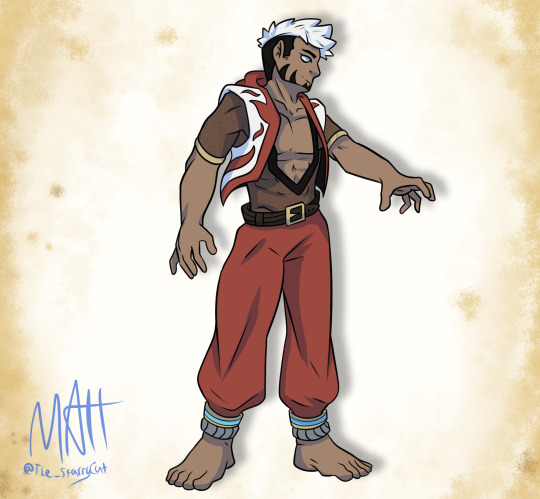
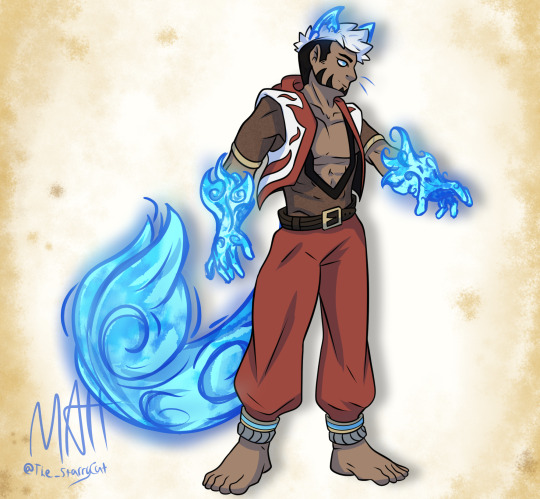
I’m joining a pathfinder kingmaker game and this is my new baby for it! His name is Kon! He’s a Suli with Kitsune ancestry and he’s a monk! So excited to see what kind of character he develops into!
#my art#oc character#character design#oc artist#oc artwork#pathfinder#pf2e#kitsune#suli#geniekin#pathfinder kingmaker#kingmaker#pathfinder suli#pathfinder kitsune#blue fire#trans artist#digital art#art#small artist#artists on tumblr#queer artist#oc rpg#character art#monk#pathfinder monk
14 notes
·
View notes
Text

PATHFINDERS - The Sylph Necromancer
Necromancy is probably the most recognized school of magic in the most classic fantasy universes, but also the most ostracized and poorly seen, associated with villainous characters and the most recurrent elements among its practitioners, such as zombies, liches, skeletons and magical artifacts made from bones and tendons. However, necromancy, even though it is not much remembered for this, can also be linked to the cure of diseases and the journey of souls to the Great Beyond, including - at least in the setting of Pathfinder Second Edition, in which this entire series is based - divided precisely into three main disciplines: Vitalism, which seeks to purge and cure the evils of the flesh; Soul Magic, which manipulates spiritual energies, and Undeath, which is the classic stereotype of the wizard who commands the undead.
The blurred vision about this school of magic was what encouraged me to bring my friend as a Sylph Necromancer, probably more linked to Soul Magic, also taking into account the more free nature of a sylph, especially the one with heritage linked to a primal cloud dragon, a naturally mercurial being, who seeks to explore and discover new things, but who is also capricious in their actions. I tried to bring the colors linked to the school of necromancy - black, gray and white - in their clothes, and instead of a familiar, I brought an ancient and fossilized skull as the arcane link, so it can also deliver its magic, as well as the static touch of a stormsoul sylph.
As usual with friends who, like myself, are on different LGBTQIAPN+ spectrums, I brought two more flags linked to them, but this time not so hidden: Gender Fluid and Pansexuality. This time they're not so hard to find hehehe
#artists on tumblr#digital artists#character design#character art#digital drawing#fantasy#fantasy art#pathfinder character#pathfinder#rpg#rpg character#ttrpg#ttrpg character#sylph#air genasi#geniekin#genasi#wizard#mage#necromancer#genderfluid#gender fluid pride#pansexual#lgbtq#pan pride#they them#pathfinder remaster#pf2e
1 note
·
View note
Text
reading the article in Rage of Elements about the Plane of Metal makes me so sad. Everyone there seems so dour and miserable; even the Elemental Lords of Metal are downcast rainclouds. One of them is the incarnation of rust and metallic entropy resigned to her role as the destroyer deity of the whole plane, and the other has put themselves in a magical coma to prevent their inventions and ideas from ever being exploited again.
From the sounds of it, the Plane of Metal is also one of the most dangerous of the planes to live in, let alone to travel to. I suppose it's a good thing everyone there is made of such sturdy stuff!
35 notes
·
View notes
Text
Building a Pathfinder character.... :D...!
#My D&D group is finally branching out from just D&D.#We're also doing an actual session zero for the first time...#I'm making a geniekin gnoll ex-clockwork priest current-inventor.#personal
18 notes
·
View notes
Text
Geminate Invoker (Barbarian Archetype)

(art by PaleLonginus on DeviantArt)
The barbarian class has had an element of the supernatural in it as far back as Advanced Player’s Guide, with these warriors channeling their rage into the elements and invoking the shamanistic power of totem spirits.
Today, we’re going to look into an archetype that taps into that spiritualist side a bit more.
Tied to the Rivethun tradition of using one’s own transitional aspects to help bridge the gap between material and spiritual, the geminate invokers do not rage the way other barbarians do, instead entering a more tranquil trance and inviting spirits into their bodies, enhancing their reactions and deadening pain to avoid and endure much, as well as tapping into the power of those spirits in other, interesting ways.
Much like other Rivethun practitioners, these warriors are all in a state of between-ness. Some might be transgender or nonbinary. Others might be halfway between two worlds such as half-elves, half-orcs, any geniekin or planar scions, and other such states. However, while shamans use Rivethun practices in their magic, the power of these warriors ties more into the totems we are already familiar with in the barbarian class.
That’s right, this archetype plays with the totem rage powers in a way that the totem warrior “archetype” never did. (For those that are unaware, the totem warrior barbarian was an “archetype from APG back when the concept was introduced, and literally granted no different abilities whatsoever. It was just something you could tack on if you chose to take a totem rage power). So you can imagine my excitement in getting to delve into this topic today!
These invokers are a bit more cerebral than other barbarians, learning more skills. What’s more, their battle fury is focused less on the harm they can do, and more upon enduring and avoiding harm. They can even still use their cerebral skills in this state. However, they notably will not commit to a totem.
Additionally, these warriors can accept a haunt spirit into themselves to attempt to quell some or all of it’s fury, though this is not as efficient as when a medium does it.
The real meat of this path, however, comes when they begin to channel totem spirits when they enter their trance, effectively gaining a lesser totem power of their choice. However, they have trouble channeling spirits that are morally opposed to them, or those that would not be present in an area for whatever reason. Over time and mastery, they gain access to the greater abilities of the totem as well.
Being able to pick a totem each time you rage, treating those sets of rage powers like power suites is everything I wish the totem warrior archetype was back in the day, so I highly recommend this archetype if you wanna play around with those. However, the rage of these invokers grants no bonus to strength, so you’ll likely want to build for defense and tanking instead, and tailor you totem choice when you trance to the situation.
The geminate invoker is a perfect opportunity to explore the spirits associated with the various totems. What sort of beings are they? How does the warrior’s personality change when they invite them inside? The interactions they might have with the spirits can add a lot to the character.
Like all mustelidals, Blue Stripe is a tenacious warrior of an agathion that strikes hard against evil wherever they find it. However, what is interesting is that they do not wield their fists, but rather a large greatsword, and have a knack for speaking to nature spirits, perhaps a relic of their previous life, when they were a spiritual warrior.
Kazhao of the Tranquil Waters is a famed champion among merfolk, her skill with a trident unmatched. She even calls upon the spirits worshipped by her people to aid her, becoming ferocious and powerful in such a state.
Oten, a sun spirit, and Mani, a moon spirit, have a long history together, and they bicker constantly, much to the chagrin of Kuva, the invoker warrior who got saddled with both of them as their patron. Getting them to put aside their differences and work together is their constant struggle.
6 notes
·
View notes
Text

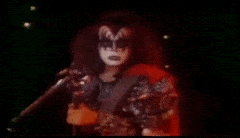

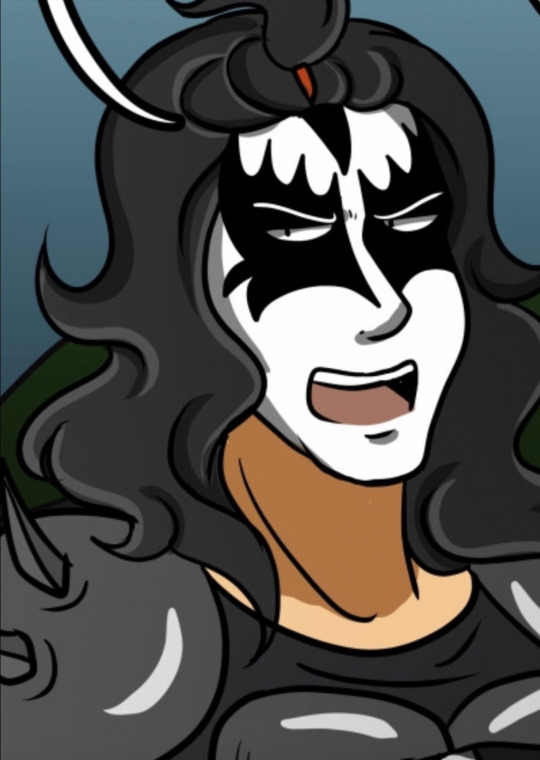

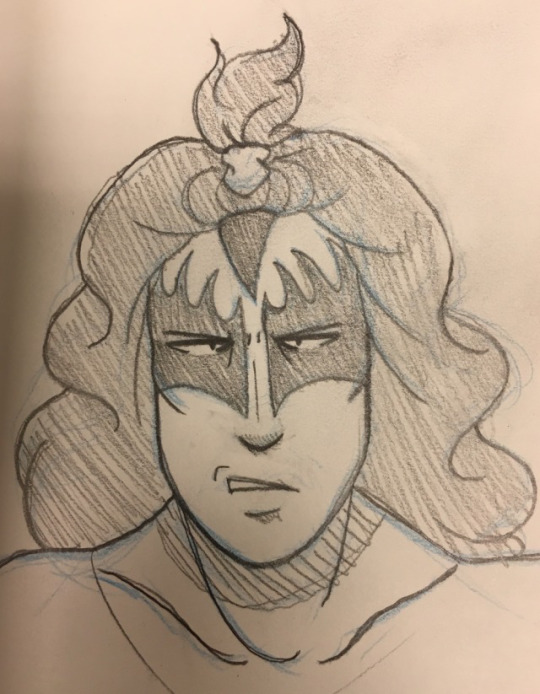
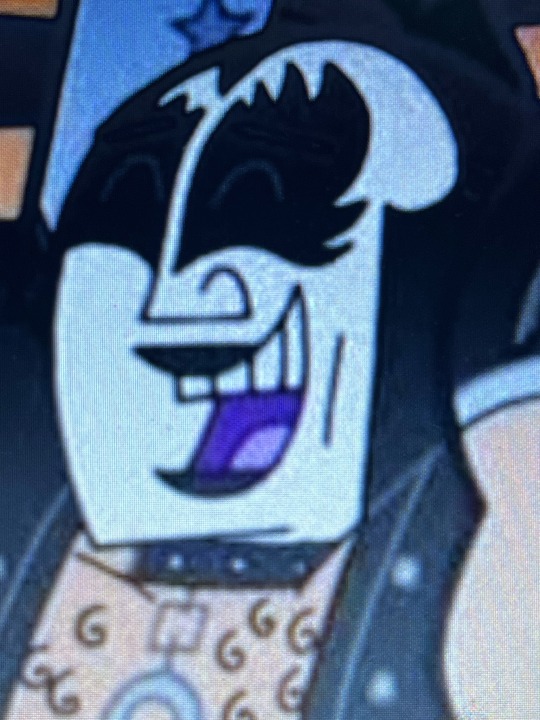
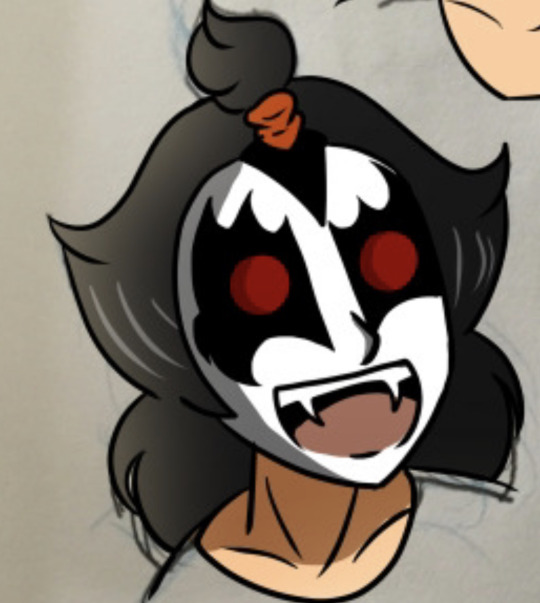
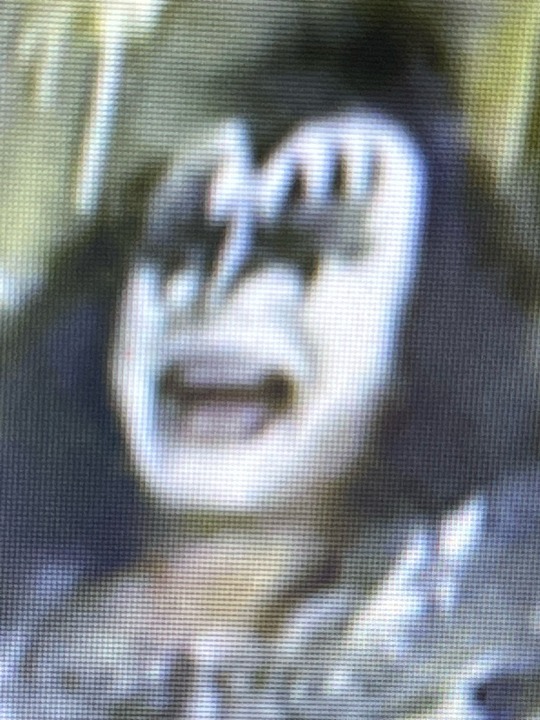

Happy Birthday to the demon,Geniekins!
🌶️🌶️🌶️
3 notes
·
View notes
Text
#RageOfElements contains two exciting new versatile heritage options: Ariana Grande, and the Talos Principle Geniekin.


2 notes
·
View notes
Note
Hiya! so i wanted it to be a range of different lores for Animancy ect
Thank you for your patience, hopefully this can help, this is very surface level and I'm not totally sure what direction you want to go in with things, but figured this would be a good start. Let me (or @lievreokami) know what further questions to dive deeper in. Between 4 people we've got a lot of years of TTRPG experience (and video game and love of fantasy novels). There are a lot of different directions you could go in, so I'm trying to keep the definitions broad.
(let me know if any of the links break)
Animancy
Animistic beliefs look very different depending on where they come from, so might need to look closer at animism first. Warhammer 40k has the Machine Spirit which might be what you are looking for, but it isn't classified as Proper Magic for tech priests to communicate with it. Lievre suggested looking more at real world animistic religions for inspo for your animancy. That contrasts with my other friend suggesting leaning more on established necromancy or perhaps divine contracts tied to a person's soul. All depends on what you are going for.
Geomancy
Pathfinder 1E Oread's (race with earth geniekin bloodline) have specific feats where they can manipulate the ground they stand on or tunnel through stone, but that is tied to their blood; there is also oread gem magic which still based on heritage, but could be cool inspo. There are some spells that non-oread wizards/sorcerers/etc can use (i.e. wall of stone) that manipulate the earth as well, but you don't always have to specialize in earth magic to get some of those. Sorcerers get certain bloodlines that have special powers: Geomagnetic (third party and heavily electric based) or Saitan could be good starts for inspo.
Final Fantasy has it as magic that varies based on local terrain (each type of terrain has a different special spell you can cast when enemy is standing on it). 5E ranger has a sort of similar feat for Natural Explorer where the ranger gets a list of bonuses if they are in for example a forest or a desert or the arctic, etc. Brandon Sanderson has a magic style based on geography; involves drawing sigils based on the geography of the surrounding area. Genshin Impact has several geo based characters with a variety of magic; the traveler (geo)'s or Zhongli's skills is where I'd start.
Astromancy
For this one, seems lie astrology is a very close synonym, unless you were going for something else. Check out the cut scenes for Mona from Genshin for some potential inspo. Astromancy is probably big rituals based on the position of stellar objects. Likely has a divination element. Fate Grand Order has some lore about astromancy, we don't know the fine details of it.
Pathfinder has one sorc bloodline that might be interesting, starsoul. The other class I'd look at is the oracle with a Heavens mystery (similar but different to sorc bloodline).
8 notes
·
View notes
Text
New Release
Pathfinder RPG - Pathfinder Companion: Blood of the Elements
Paizo Inc.
Blood of the Elements provides a player-focused, in-depth exploration of the Geniekin races and the Elemental Planes. In addition, each Pathfinder Player Companion includes new options and tools for every Pathfinder RPG player.
0 notes
Text
Remember the Mythicals!
This is a somewhat lengthy reminder that could have been shortened to a reply, until multiple mythological beings came to mind beyond the first handful.
Initially, someone's rant about an encounter with a troll and their responses inspired my thoughts. Such as how if therians were physically their identities that they would not be able to function in the world as they do in human form. This is true, other than for any therians who are of the simian/ape branch of the evolutionary tree.
For those of us who are mythical in identity, functioning in the human world might not be an issue, so long as we ignore various prejudices and fears from the humans. Or that those problems don't exist due to us having never been ‘mythical’ and the human world included our existence within it over the millennia.
Many mythical Otherkin have human-like bodies, in part or in full. Elves are possibly the very first Otherkin of the community, and are the most human-like of all. They could blend into human society without much notice. Functioning in this world would not be an issue. Djinn (and all other fire/air spirits) could blend in well so long as they shape-shifted fully into human form. Maybe the same for nymphs and other nature spirits, but I am not as well-read on them to know their form-shifting abilities.
And then there are those such as myself and my friends. Centaurs, satyrs, fauns, mermaids, selkies, and minotaurs. Some might use the term "hybrid" but I shy away from using it, or even thinking it. Hybrid tends to separate our forms into the things we resemble, instead of simply accepting us as the form we represent by our original type.
Anyway, land-based types shouldn't have much difficulty in a human world. For those of you whose home is in the water, you can at least get tools that are made for underwater use without needing customized equipment.
You dragons? Well, you're all intelligent enough that you could ask (if not intimidate) humans into creating tools you could work with your claws (such as keyboards.) Everything else would probably just as easy to have humans do it for you. I'm sure y'all would like that :-)
If I've missed anyone (and I am quite sure I have) I apologize, because I'm certainly no expert on mythology and have not read & memorized all of the content at theoi.com. Imagine, too, that there are many Otherkin who can fit within something named here (such as the cervitaur, or deer-centaur.) If you like, go ahead and name your mythical kintype which would not have much problem functioning in a human world, or in your own everyday life. Include it in the tags as well :-)
#therian#simiankin#apekin#elfkin#djinnkin#djinnikin#geniekin#ifritkin#afaritkin#nymphkin#naiadkin#dryadkin#nereidkin#centaurkin#satyrkin#faunkin#mermaidkin#selkikin#selkykin#minotaurkin#cervitaurkin#dragonkin#Otherkin#selkiekin#simian#ape#elf#elves#djinn#djinni
12 notes
·
View notes
Photo

Almost forgot to tweet this. Lol, Rose and I adopted Luft from Evan. :p So here is this absolute fashion disaster.
Toyhouse
Twitter
#luft#luft rokwind#ocs#original characters#sylph#air genasi#genasi#geniekin#pathfinder#D&D#dungeons and dragons
0 notes
Photo

(submitted by anonymous)
56 notes
·
View notes
Text
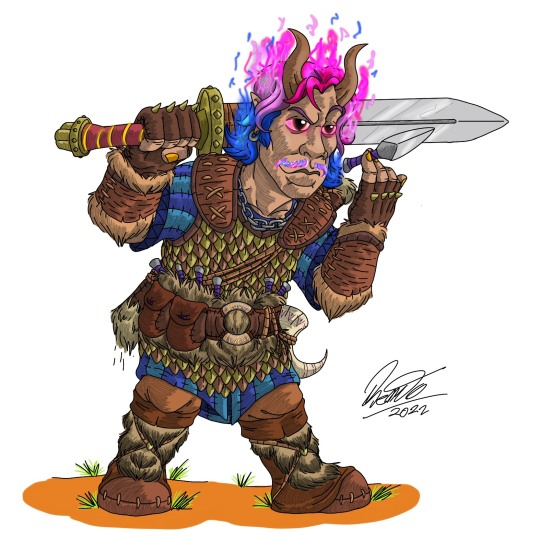
PATHFINDERS - The Naari Barbarian
Update from the PF2E Remaster coming in late 2023: Ifrit is now the name of the genies of the Plane of Fire, and due to that, the fire geniekin are now renamed as Naari.
Naari, geniekin descendants of elemental beings from the Plane of Fire, are commonly descended from creatures called Ifrits. Practically the lords of their native plane, the Ifrits are genies, known for their cruel and bellicose nature, as well as their reddish skin, flaming eyes, and spiraling horns sprouting from their foreheads, giving them a look more akin to the classic view of demons and devils. Medina Mudii'a, at the heart of the Ifrit Empire, is one of the greatest metropolises in the Great Beyond. Even from far away, these creatures can still have an effect on mortals on the Material Plane, creating offspring scarred by the cruel hand of these genies.
Despite this, being descended from an Ifrit doesn't make the Geniekin naturally evil, but it can certainly help those who follow more bellicose paths, which is why I decided to make my friend here as a Naari Barbarian with flaming hair and horns as a mark of his descent. Other aspects I wanted to bring are colors more linked to human cultures linked to the desert - after all, Ifrits also exist in human folklore, more specifically in pre-Islamic Arab folklore - such as blue, copper and brass. A desert barbarian, with natural resistance to the weather, a light but resistant armor and armed with a BIG ASS sword would definitely be a very interesting character to present in game.
Oh and yes. His flaming hair and mustache colors are a reference to the bisexual flag. There's a demisexual flag too, but that one I'll let you look for.
#digital artists#character art#character design#digital drawing#artists on tumblr#rpg character#original character#character#fantasy character#fantasy art#fantasy#rpg#naari#ifrit#fire genasi#genasi#geniekin#pathfinder character#pathfinder#pathfinder remaster#pathfinder 2e#barbarian#warrior#fantasy warrior#bisexual#bi pride#demisexual#demi pride
1 note
·
View note
Note
How many elemental planes are there? Any of those dnd style quasi-elemental planes?
What are the other elemental lords of these none standard elements like? I really want to hear about the wood and metal ones.
Do these other elements have genies of their own? What are they like?
You have gotten me wondering with the little lore bits you have been sharing. Because last I heard, elemental wood only happened when the first world brushes up against any of the elemental planes, similar to aether, and I never heard anything about elemental metal until today outside of Ultimate Magic.
I'm sorry for a dropping so much. I hope you're having a good day.
ALRIGHTY, so! In order:
6 total! Earth, Water, Fire, Air, Wood, and Metal (though in-universe, some argue that the Astral Plane and Positive/Negative Energy Planes should count). There are no quasi-elemental planes, but there are areas where the planes brush up against one another to form zones that are like the quasi-elements from D&D. There are demiplanes all over the Inner Sphere that could replicate qu-ele planes, but they're not true, capital-letter Elemental Planes.
I'll post pictures later this week, but there's four new lords: Ferrumnestra, Lady of Rust (N* Lord of Metal) and Laudinmio, Sovereign of Alchemy (LN* Lord of Metal); and Shumunue, Carved Lady of Mimicry (CG* Lord of Wood) and Verilorn, Custodian of Oak and Ash (LN* Lord of Wood).
*no actual alignments are given for any creature in this book. these are my best guess and are likely not entirely accurate.
The Khizidar are the genies of the Plane of Wood, and they look incredible in a very spooky way: They resemble trees with some bits of clothing on them, but looking closely, you can see faces and features not in the bark, but in the negative space between the branches. Their humanoid limbs aren't connected to their bodies in a coherent way, but are carved randomly from their branches and settled into locations where they look like normal human arms.
The Zurha are the genies of the Plane of Metal. They're flowing quicksilver in the shape of a humanoid and adorned with jewelry and regal clothing that flows with them, adapting to whatever shape they take. They have no fixed form, freely changing their bodies to meet their moods. Also, Zurha literally invented metal music.
Geniekin of both planes are known as Ardande (Wood) and Talos (Metal).
68 notes
·
View notes
Text
If I'd made Pachycrocuta an ant gnoll instead of a geniekin but kept everything else the same, especially her large size dog... That would have been so good... But I'm a little bit attached to her being a magical freak who can't actually do magic. Sad.
0 notes